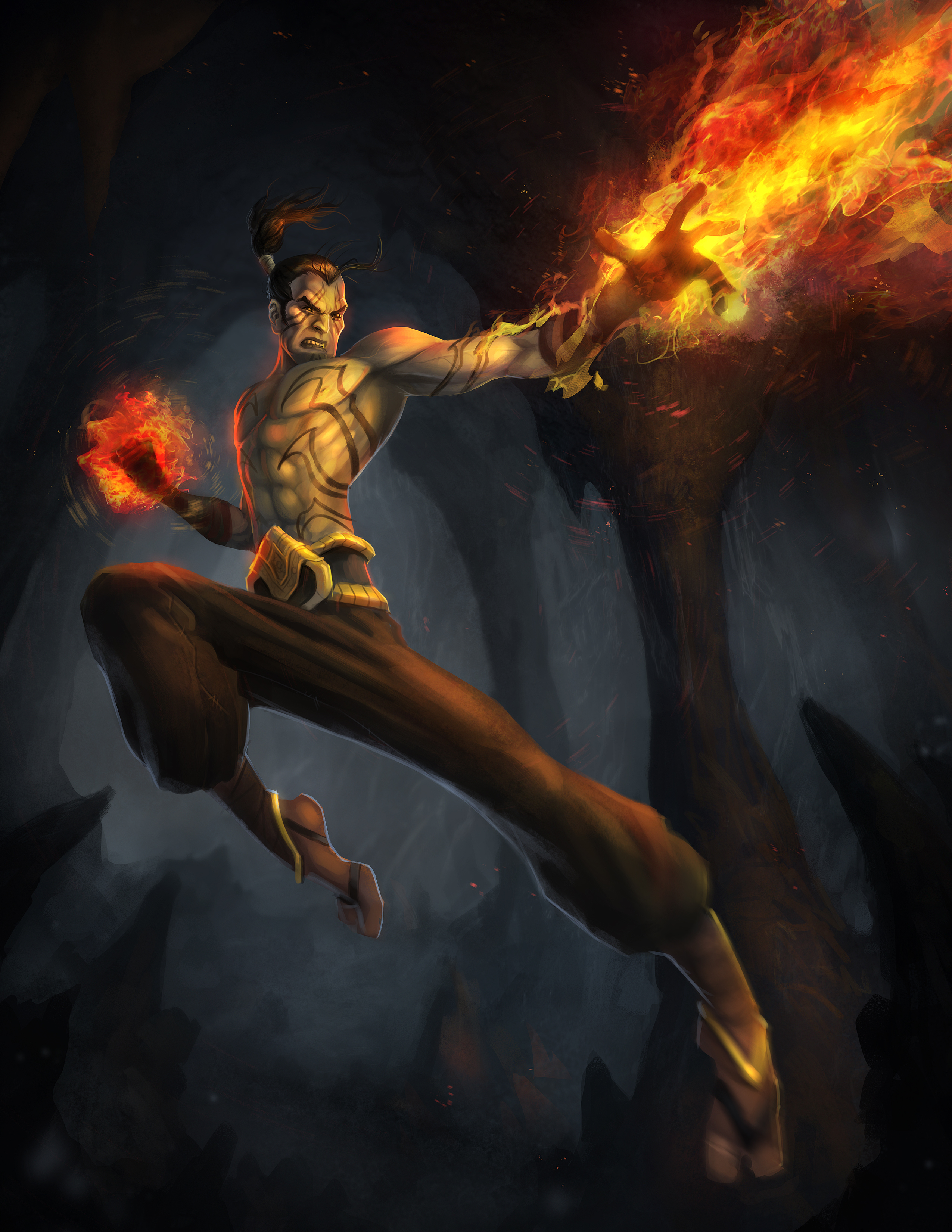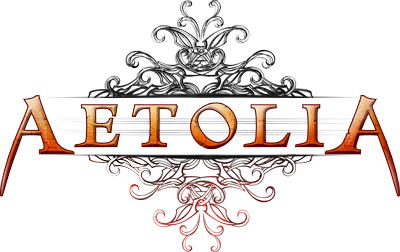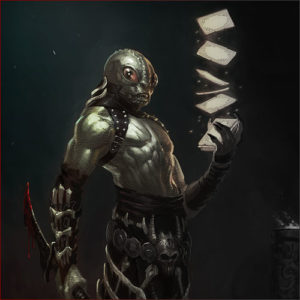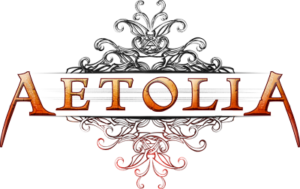The Mhun of Aetolia
The Mhun are the long-suffering survivors of countless conflicts and regimes in the southwest of Aetolia. Shorter than Humans though taller than Dwarves, they are dark of skin, eye, and hair. They are noted, in terms of manner, to be adaptable, frugal, and endowed with a certain cunning. They are originally from the Mhojave desert, and fell under Bloodloch's sphere of influence until their exodus from the region. Their homeland currently lies within the Siroccian mountains.
Mhun raised in Moghedu have born witness to tumultuous history. Prior to the year 422 MA, Moghedu was not an independent state. Following its liberation, a strict theocracy took control, enforcing traditional conformity via invasive, telepathic conditioning. After the death of the High Priestess in 456 MA, a monarchy was formed and the Priests were made less powerful. Mhun raised outside of Moghedu are a more diverse quantity, running the gamut from strictly traditional to fully assimilated.
Religion forms a central core to Mhun existence - their traditions focused upon seven Spirits, but recent discoveries revealed those Spirits to be Gods of Albedi origin. This has prompted a renaissance of Mhun religious tradition, drawing upon Albedi practices and long-forgotten traditional ones. Many Mhun adhere to some form of traditional faith, while many others worship the Gods of Sapience.

Mhun Racial Skills
- Digging
- Tremor Sense (Level 31)
- Might (Level 61)
Base Statistics & Advantages
- Strength: 13
- Dexterity: 11
- Intelligence: 13
- Constitution: 11
- Wisdom: 12
Ready to play a Mhun?
Create your character and play for free today - no download required!
Tips for Roleplaying a Mhun
There’s a ton of religious roleplay available to Mhun specifically. It’s not required, but reading up on Mhun religion in game can offer you numerous potential avenues to pursue for character development. The last Great Mhunna of the Mhun, named Nesventesh, freed the Mhun from oppression and rekindled their historical sense of self.
The Mhun have historically been hunted and oppressed, most notably by the ancient Dwarf empire, the Dark Empire, and - in the modern day - by vampires. The continuity between these empires, and their common tendency to enslave the Mhun, informs Moghedu's mistrustful stance toward the city of Bloodloch.
Moghedu is the center of Mhun life, having been moved from the edge of the Mhojave desert into the Siroccian mountains. Almost the entirety of the city is underground, where its economy and labor are organized by caste and a council of several leaders. Political instability and atrocity have marked Moghedu's recent history, including a purge after the city moved in the year 422 MA, followed by an oppressive, telepathic regime which persisted until the year 456 MA and instituted the worship of the Albedi Gods. Subsequently, a monarchy under Queen Nesvenai ruled the mountainhome, until - following pressure from Bamathis, the Warlord's declaration of heresy against the Mhun faith in the year 481 MA, as well as growing disillusionment with the existing hierarchy expressed in such books as Nhusema Dheghn ("The Laborer's Testament") and conversion efforts from Enorian - both the monarchy and official worship of Albedi deities within the mountainhome ended.
The Mhun language has seen considerable influence from outside languages, such that many of its patterns, structures, and sounds are highly irregular - specifically for the purpose of preventing outsiders from understanding the tongue. Primary outside influences include Ankyrean, Dwarven, Kalsu, Jaziri, and common Aetolian.
Many Mhun names end with the suffixes "-tesh", meaning "earth", or "-entesh", a Dwarf-influenced derivation meaning "of the earth." Such names indicate the sacred reverence the Mhun people hold for earth and stone, and recall the saying "Entesh, untesh" - meaning, "From the earth, back to the earth", and encompassing the cycle of life and death.
























